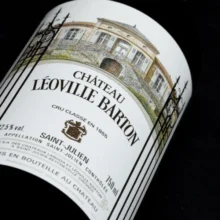
Product information
Château Léoville-Barton 2015
$310
Description
I absolutely loved the 2015 Léoville-Barton and this has everything you could want from a Left Bank Bordeaux. Cassis, smoked earth, graphite, tobacco leaf, and thrilling amounts of minerality all emerge from this inky colored, full-bodied, power-packed, brut of a Saint-Julien that holds everything together and stays pure, balanced and elegant on the palate. It has a lot of tannins, yet more than enough fruit. The 2015 is a blend of 86% Cabernet Sauvignon and 14% Merlot, brought up in 60% new French oak, and it needs 7-8 years of bottle age and will shine for 2-3 decades. Bravo! (12/2017)
Jeb Dunnuck 97 Points
AG 96+ JM 95 LPB 95
In stock






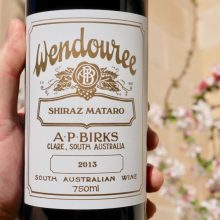
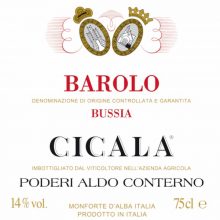
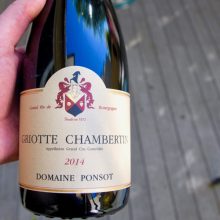
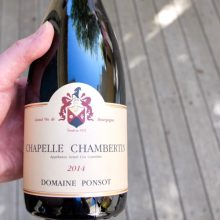
You must be logged in to post a comment.